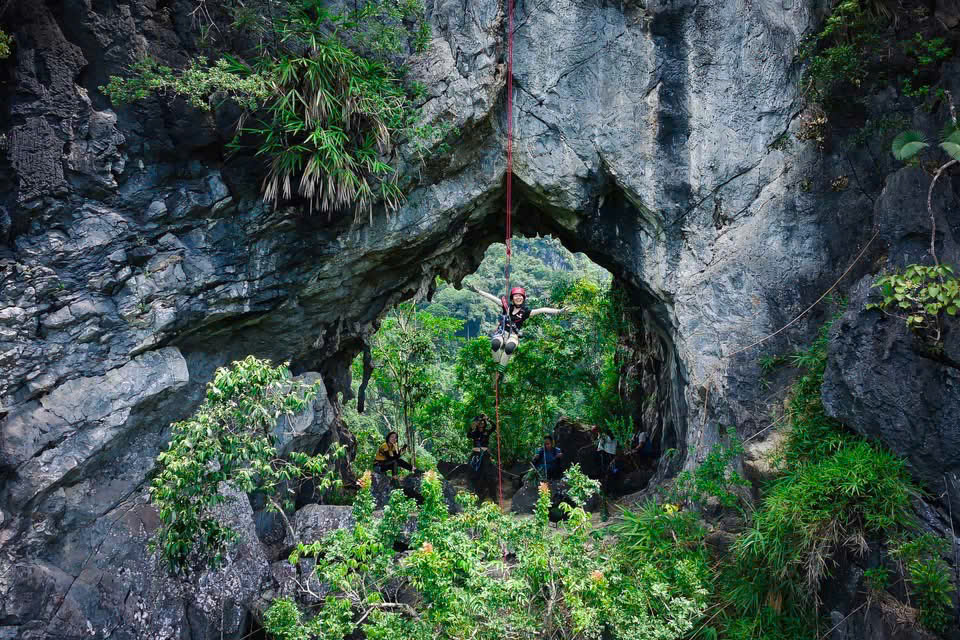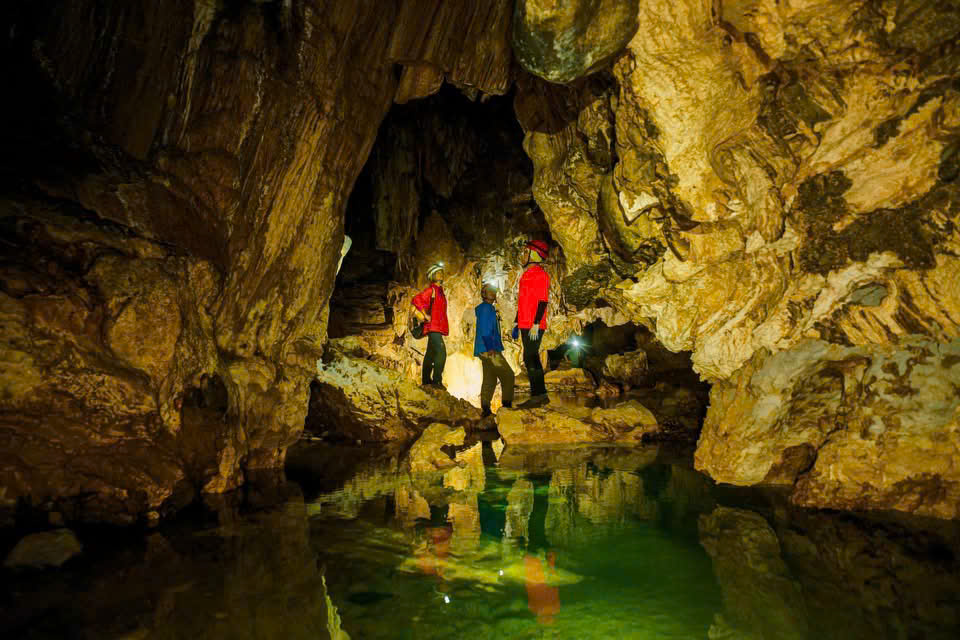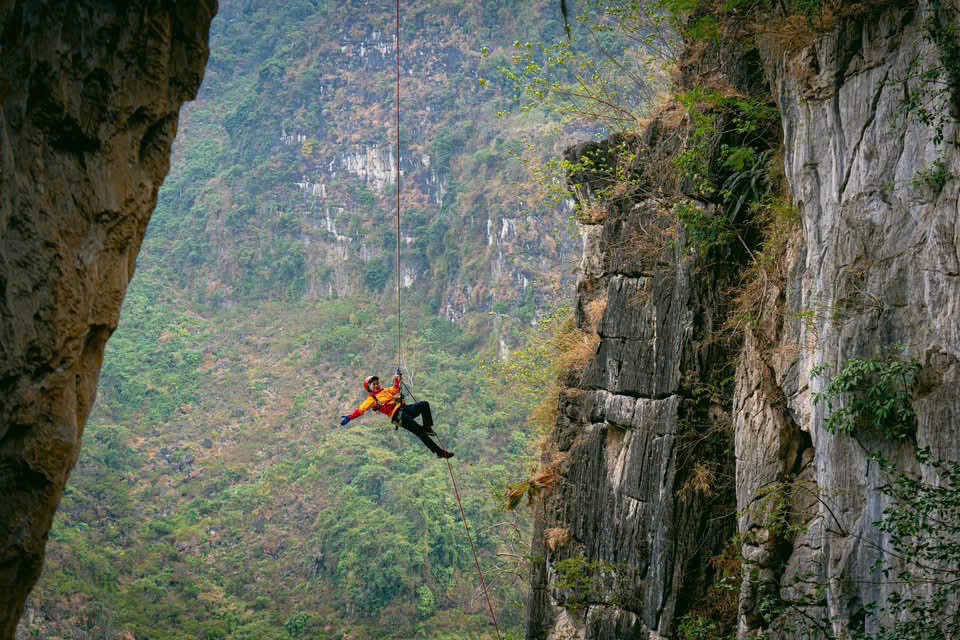Lang Son Geopark was recognized as UNESCO Global Geopark

Set within the rugged limestone peaks of northern Viet Nam, Lang Son UNESCO Global Geopark tells a remarkable story of shifting seas, volcanic eruptions and evolving ecosystems. The geopark is a natural archive, preserving evidence of life’s evolution through the ages. Its oldest rocks reveal traces of an ancient seabed, once home to trilobites – marine creatures that resembled large woodlice – and graptolites, early sea animals that lived in colonies. As the sea receded, it left behind layers of shale, sandstone and limestone, and volcanic landscapes emerged. One of the geopark’s remarkable geological sites is the Na Duong basin – a natural depression that offers a rare glimpse into Southeast Asia’s environment around 40 to 20 million years ago. Fossils found here reveal a lush tropical ecosystem, rich in plants and animals, and provide key insights into how mammals moved between continents. The region’s distinctive geology has also influenced local agriculture, with mineral-rich soils supporting crops such as custard apples and star anise. The Bac Son Limestone Massif – a striking mountain range formed from ancient seabed deposits – reveals traces of some of Viet Nam’s earliest human inhabitants, with stone tools, ceramic artifacts and burial sites offering glimpses into prehistoric life.

The geopark is home to diverse ethnic groups including the Kinh, Nung, Tay and Dao peoples, who uphold unique languages, crafts and traditions. Central to the region’s spiritual life is Đạo Mẫu, the worship of Mother Goddesses, which blends music, dance and storytelling to honour deities believed to govern the realms of heaven, earth, mountains, forests and water. Lang Son’s rich cultural traditions continue today in vibrant festivals, intricate traditional dress, and folk arts such as Then singing, described like a fairy rhythm, and the Dan Tinh gourd lute. The worship of Mother Goddesses and Then singing are both inscribed on UNESCO’s Intangible Cultural Heritage List. These cultural practices, passed down through generations, remain central to the identity of local communities.




Author: Lang Son UNESCO Global Geopark
Reader Comments
Newer articles
Older articles


